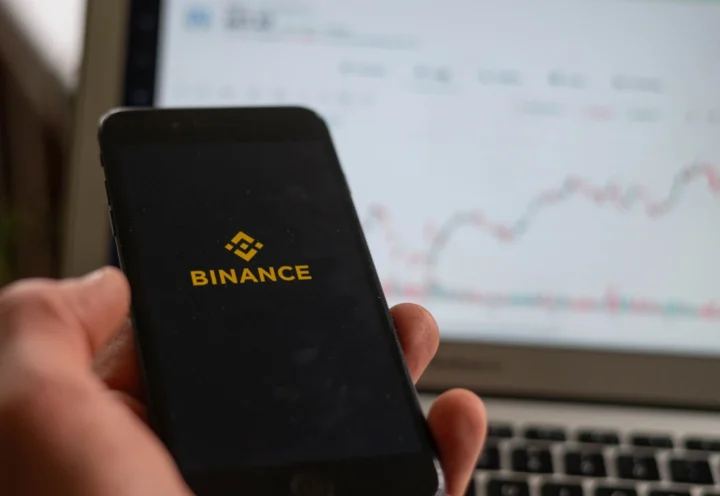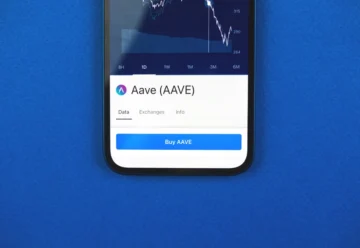Binance Pay Reached 20 Million Merchants Worldwide

Binance Pay expanded its global network to more than 20 million merchants, a 1,700x increase in just ten months, driven by the rapid rise in stablecoin adoption.
Binance Pay reported record growth — the number of merchants accepting the payment service rose from 12,000 at the beginning of the year to over 20 million. At the same time, data analysis showed that stablecoins became the dominant settlement tool, accounting for more than 98% of consumer payments in 2025.
Binance Pay continues to actively scale cross-border crypto payment solutions. According to the company, since launching in 2021, the total volume of processed transactions exceeded $250 billion, and the user base reached 45 million people.
The surge in merchant numbers is one of the fastest in the platform’s history, a 1,700x jump within ten months points to a mass shift of businesses toward crypto payment tools. The geographic spread covers all key regions, including Latin America, Africa, Europe, the Middle East, and Asia.
The fast-growing Binance Pay network spans a wide range of industries, from hospitality and retail to banking, transportation, and gaming. Partners include JW Marriott in Cannes, KFC in South Africa, SPAR in Switzerland, and several other major brands.
The company also participates in Google’s tech initiatives related to intelligent payment systems. At the national level, Binance Pay integrated crypto payments into Brazil’s Pix ecosystem, QR payments across Argentina, and Bhutan’s tourism infrastructure, enabling customers to pay for tickets, visas, and local services in crypto.
The main driver of this rapid growth is the shift by users and companies toward stablecoins as a convenient and accessible tool for international transfers. In 2025, more than 98% of B2C operations on Binance Pay were conducted using USDT, USDC, EURI, XUSD, and FDUSD. Stablecoins offer near-instant transactions, minimal fees, and no national-border limitations — clear advantages over traditional banking methods.
The press release cites Artemis data for October 2025, showing that monthly stablecoin payment volumes exceeded $10 billion as of August, up 82% since the beginning of the year. In its September outlook, EY notes that by 2030, the share of stablecoins may reach 5–10% of global payments, though the current growth rate could lead to even higher numbers.
The report also highlights that this trend is pushing changes in the traditional financial sector as well. For example, SWIFT launched its own blockchain ledger to improve speed and transparency of cross-border transfers, reflecting the banking industry’s push to integrate innovative solutions.











